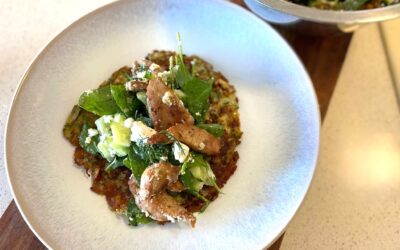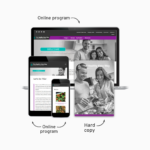It is very important to eat plenty of natural good quality fats in every meal from free-range or organic meats, butter, ghee, coconut and cold pressed oils. The fat content of the meal will regulate the blood sugar level and helps to control carbohydrate cravings. Following this method of making Ghee is so easy. Ghee can also be rendered on the stove but this method requires more time and monitoring.
Preheat your oven to approximately 60 – 120 C.
Add the blocks of butter to a glass or stainless steel oven dish and leave it in the oven for 1-2 hours.
The liquid in the dish will separate with the milk solids on the bottom (liquid creamy white colour), ghee in the middle (yellow) with some floaty bits of whey on top (crusty yellow and golden brown floaty bits).
Carefully scrape everything floating on the surface of the ghee with a tea strainer.
The ghee-the yellow liquid can be carefully poured into a jar with a cheese cloth on top to catch any whey or unwanted milk solids that are left over.
Try not to disrupt the milk solids and ensure that they remain in the bottom of the pan as you pour out the ghee.
Discard the milk solids and refrigerate the ghee in glass jars.
You can bake, roast, fry and saute with ghee








Yum! It’s been a great way for us to still enjoy ‘butter’ while we have been on our dairy free diet.
Thanks for this guide to making ghee. After burning my first attempt on the stovetop, I searched again. When I found yours, I said, “yes I really trust Changing Habits”. It is super easy, thanks so much.